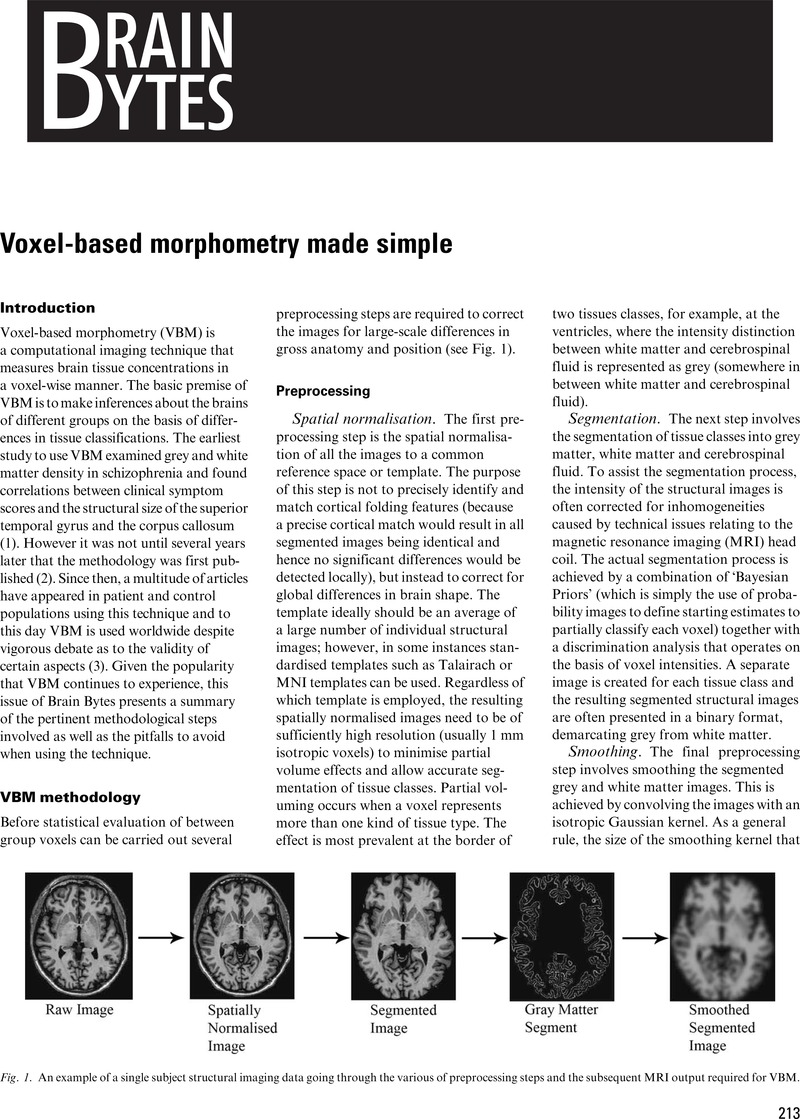Crossref Citations
This article has been cited by the following publications. This list is generated based on data provided by Crossref.
Malhi, Gin S.
2007.
Consciousness: a gray matter?.
Acta Neuropsychiatrica,
Vol. 19,
Issue. 3,
p.
135.
Malhi, G. S.
and
Lagopoulos, J.
2008.
Making sense of neuroimaging in psychiatry.
Acta Psychiatrica Scandinavica,
Vol. 117,
Issue. 2,
p.
100.
Nielson, Gregory M.
2008.
Advances in Visual Computing.
Vol. 5358,
Issue. ,
p.
183.
Lagopoulos, Jim
2010.
Evolution of brain imaging in neuropsychiatry: past, present and future.
Acta Neuropsychiatrica,
Vol. 22,
Issue. 3,
p.
152.



